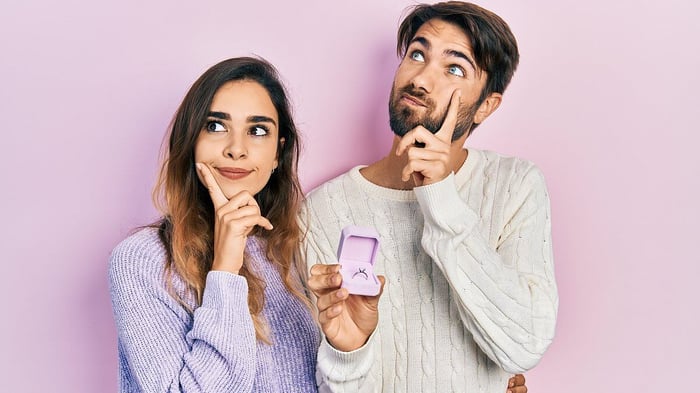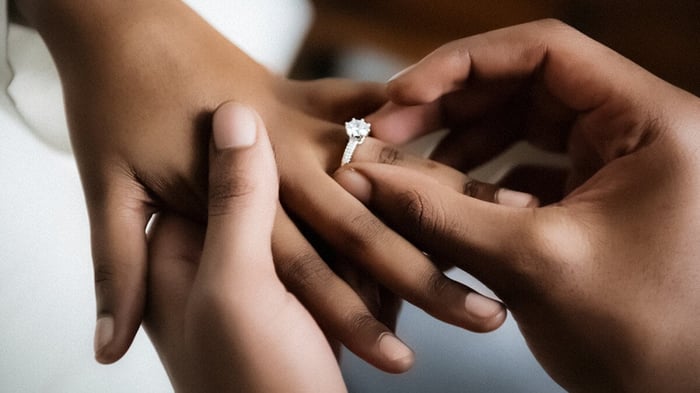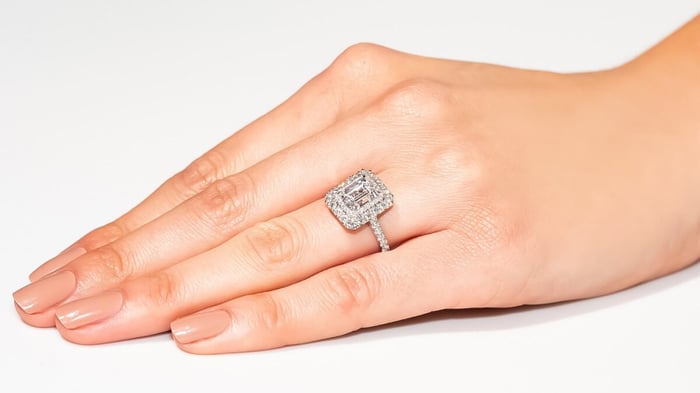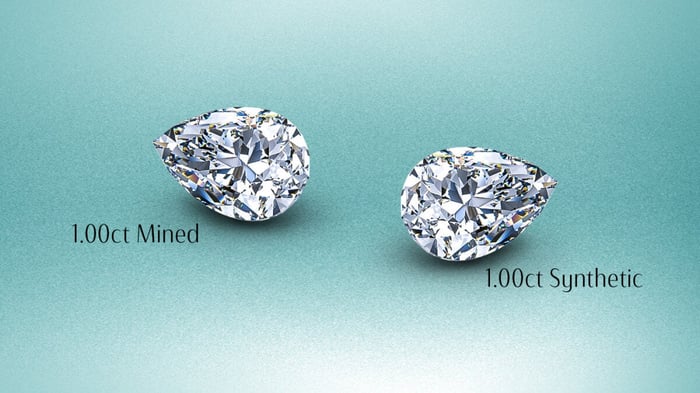The Top Ten Diamond Questions We Are Asked
We get many questions from clients and site visitors about diamonds, here, in no particular order are the most commonly asked questions about diamonds. We hope that they will help you in buying and looking after your diamond jewellery.
1) Is the diamond size or diamond quality more important?
Size is generally the main factor to consider when purchasing a diamond. A larger diamond will have greater brilliance and fire than a smaller one.
Quality is another factor to consider; this is based on clarity, colour, cut, and carat weight. Clarity is graded from FL (flawless) I3, the lowest. Colourless is considered to be ideal but a very slight yellowish shade is acceptable as long as it is not noticeable in normal conditions. Carat weight refers to how many carats a diamond has, with a higher number being a more valuable stone. There are various grades of diamonds and each has its value.
Although size is the most significant and obvious feature of a diamond, if the quality of the diamond is poor then it is not worth buying the gem. This means that buying a diamond is about finding a balance between the size and the quality of the stone.
You can learn more about diamond grading in this article.
£1,928.00
This dainty and luxurious cross pendant is a classic piece that offers gorgeous sparkle. With sustainable G/SI quality diamonds in fine white gold, it makes the perfect gift for any special occasion. UK hallmarked and the diamonds used are conflict-free.… read more1.00ct Baguette and Round Cut Claw Set Diamond Cross in 18k White Gold
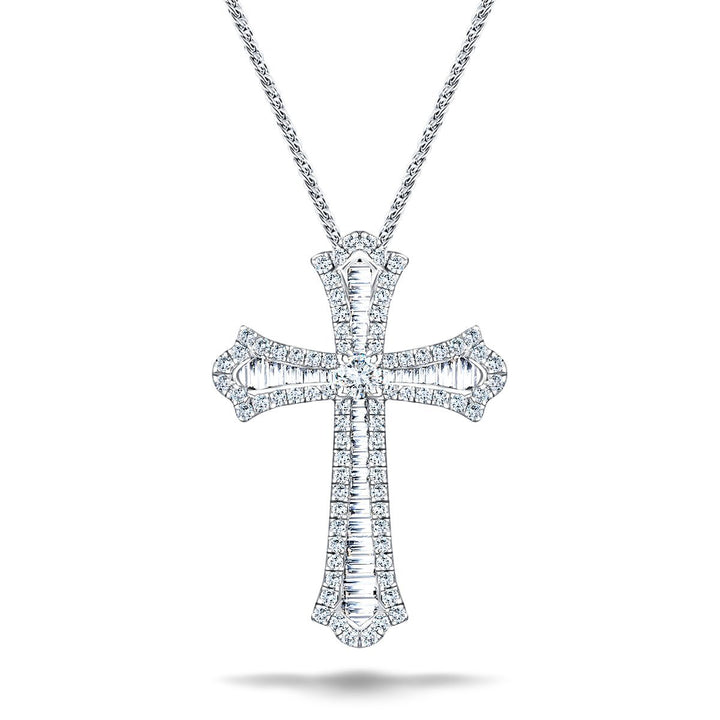
£2,477.00
2) What are diamond “inclusions”?
Diamonds can contain a variety of inclusions (small imperfections). These can include internal cracks, inclusions, internal flaws, impurities, and natural characteristics that occur during the growth of the diamond. The presence of inclusions may hurt the price of the stone. The tiny defects in the stone can be seen under magnification or in low-quality diamonds, may be visible to the naked eye.
Inclusions can affect the clarity of the diamond but it is common for diamond cutters to cut diamonds to minimise or avoid inclusions as far as possible.
3) How do diamonds sparkle?
Diamonds sparkle because of reflections from light that enters the diamond and is reflected internally and concentrated back to the eyes of the viewer. The more facets (angled surfaces) cut into the diamond the more sparkle the diamond will have. The degree and quality of sparkle is enhanced by skilled cutting. If the angles of the facets are not cut correctly then the light will not be reflected out to the viewer correctly giving less sparkle and in some cases facets that appear to be dark.
4) What are conflict-free diamonds?
Conflict diamonds are diamonds mined by warlords or rebel groups, often to fund an insurgency against their government. In some instances, these diamonds are used to finance terrorism or other criminal activity. Conflict diamonds are not legally allowed to enter the global diamond trade.
Conflict-free diamonds are diamonds that are traded and sold by companies that have not been involved in the blood diamonds trade. The Kimberley Process Certification Scheme was created to ensure that diamonds are conflict-free. It is managed by the World Diamond Council. Every diamond sold by All Diamond is certified to be conflict-free.
5) How to clean diamond jewellery?
Cleaning diamonds involves using chemicals to dissolve the organic and inorganic materials that may be present on or in the diamond. These include oils, waxes, dirt, and skin oils. Diamonds can also be cleaned with alcohol, warm water, and soap.
Abrasive cleaning can be done with steel wool, aluminium oxide, silicon carbide, and diamond powder. Abrasive cleaning should only be done by a professional!
Some jewellers have special tools that they use to clean gold and silver. It may be advisable to take the item to a professional if you have any doubts about the cleaning process. If the stones are covered in dirt or there are any cracks, the jewellery should be thoroughly cleaned with a polishing compound.
6) How are diamonds formed?
Diamond is a pure form of carbon that is created as a result of high pressure and high temperature. The process happens deep underground and takes many millions of years. Over time the diamonds move to the surface of the Earth sometimes through volcanic action and sometimes by the movement of the tectonic plates on the Earth's crust.
Today, it is possible to create genuine diamonds in laboratories. While less costly than natural diamonds laboratory diamonds lack the history and rarity of the real thing.
The carbon atoms in the diamond crystal form a tetrahedral arrangement with each carbon atom having four bonding electrons. These bonding electrons are shared with the four nearest neighbouring carbon atoms, making the carbon atoms chemically bonded.
7) Can diamond cut Glass?
No, and yes! Diamonds can cut glass if the diamond is ground into a very fine powder and placed onto a cutting edge. To cut glass, you would need a diamond saw or cutting wheel with extremely sharp edges and high precision.
A single diamond therefore cannot cut glass, however, a single diamond, cut to a fine edge can scratch glass quite easily.
8) Are diamonds the hardest substance on Earth?
Diamonds are considered the hardest natural substance on Earth. The hardness of a substance is measured using the Mohs Scale in which diamond is rated as 10, the hardest substance. However, diamonds are quite brittle meaning they can be broken or damaged by a hard impact such as dropping onto a hard surface such as concrete or shattered with a hammer!
£10,897.00
Three carats of sparkling, ethically sourced G/SI quality diamonds perfectly placed in a claw setting on entrancing 18k yellow gold band. Scintillating accessories that shout "fun", this ring will make a perfect gift for the special person in your life… read moreFive Stone Diamond Ring with 3.00ct G/SI Quality in 18k Yellow Gold

£20,877.00
9) What’s the average selling diamond carat weight?
The average carat weight for a single diamond sold in the UK is a little over 1 carat. The range of 1.0 to 1.9 carats is the most popular. There are peaks in popularity in the 0.70 – 0.79 range, the 0.90 – 0.99 range, and the 1.50 – 1.59 range.
10) What’s the most popular cut of diamond?
The most popular diamond cut or shape is the round brilliant cut. Approximately 70% of all diamonds sold in the UK are of this type. The reason for this is that the round brilliant cut has the highest amount of sparkle.
Other diamond cuts also have a brilliant-cut such as cushion, princess, radiant, pear, marquise, oval, and heart-shape diamonds.
Brilliant cut diamonds are cut to maximise the amount of light passing through the stone and back through the top of the diamond. All brilliant cut diamonds have a pointed arrangement of facets on the pavilion (the part of the diamond below the widest part of the stone called the girdle).
44 Stone Two Row Full Eternity Ring 4.00ct Diamond 18k White Gold
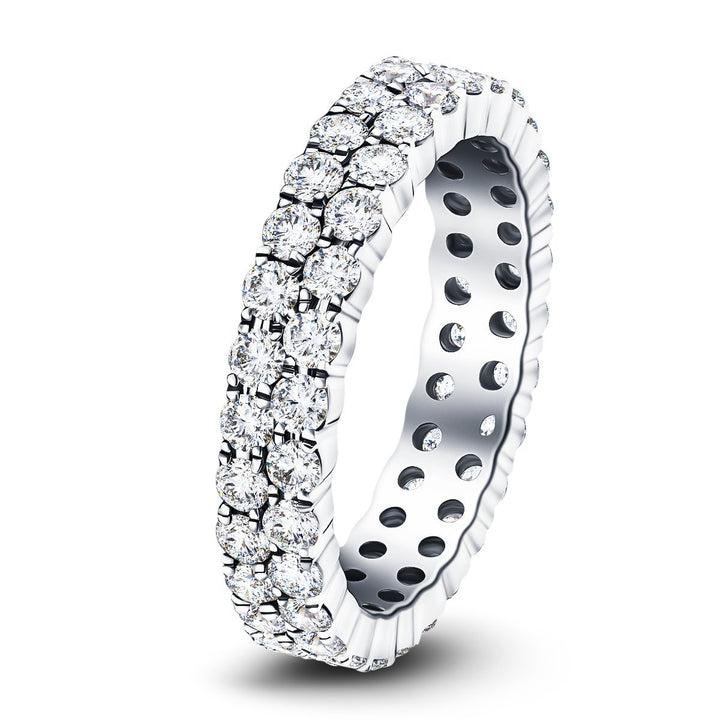
£5,591.00
£10,527.00
Enhance your jewellery collection with this elegant and modern diamond ring hand made by our British craftsmen. This dazzling piece features four carats of ethically sourced G/SI quality, hand-cut into forty-four stunning gemstones, carefully placed in a classic claw setting… read more
For more diamond questions and information about diamond jewellery please check out our other articles on this blog and in the education section of the site. If you have more diamond questions please use our online chat system using the box on the bottom right hand of each product page.
We have tried to bring together good quality information about the most beautiful of gemstones and the precious metals we use to create the jewellery offered on All Diamond.
